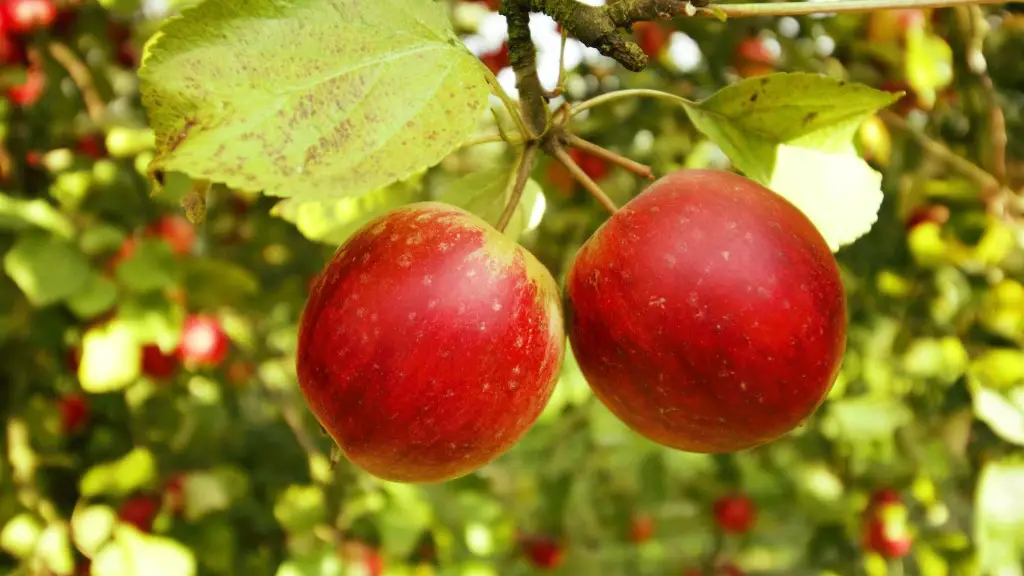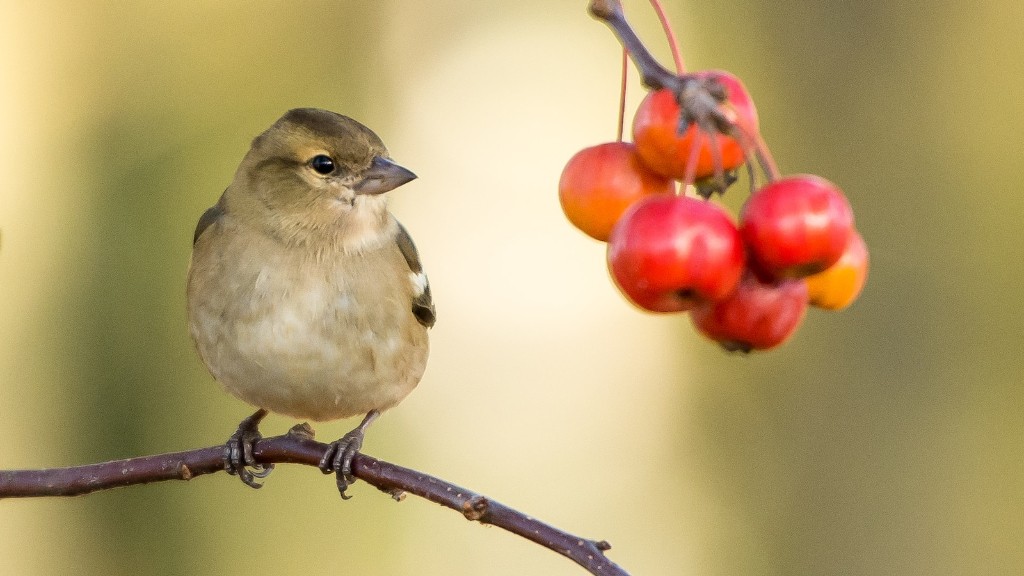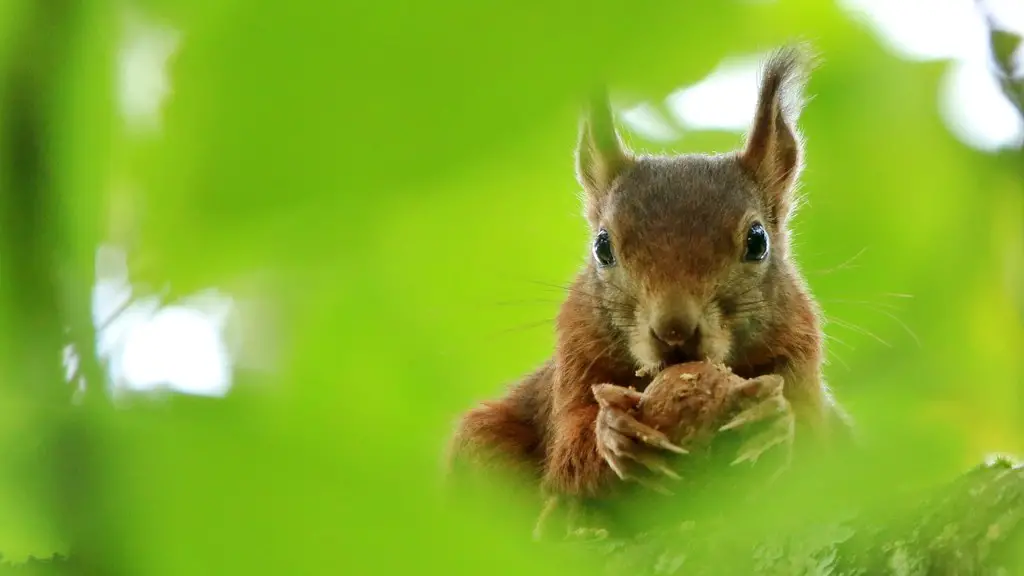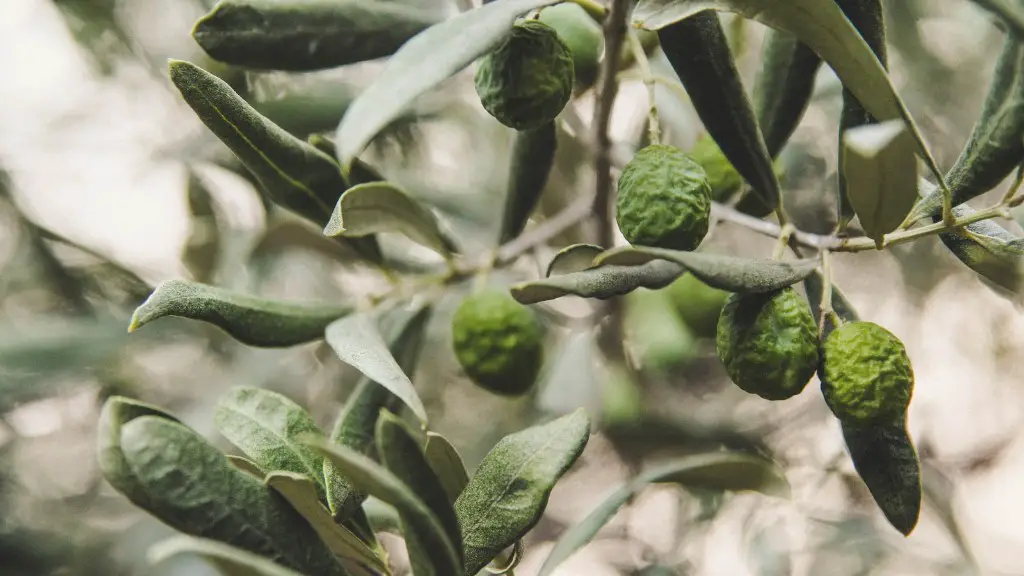Apple trees are a popular choice for many homeowners because they are relatively easy to care for and provide a bountiful harvest of fresh fruit. However, even the hardiest of apple trees can be susceptible to disease. Here are some tips on how to treat apple tree diseases:
1. Prune infected branches. This will help to prevent the spread of disease and encourage new growth.
2. Apply a fungicide to the affected areas. Be sure to follow the manufacturer’s instructions carefully.
3. Remove any fallen leaves or fruit from the ground around the tree. This will help to prevent the spread of disease.
4. Water the tree deeply, but evenly. This will help to encourage deep root growth, which will make the tree more resistant to disease.
By following these simple tips, you can help to keep your apple tree healthy and disease-free.
There are a few things you can do to treat apple tree diseases. First, you need to identify the disease. Once you know what disease your apple tree has, you can treat it accordingly. There are a variety of products on the market that can treat diseases in apple trees. Be sure to read the labels carefully and follow the directions. You may also need to consult with a professional tree service to get the best results.
How do you get rid of apple tree disease?
Powdery mildew is a type of fungal infection that can affect various types of plants, including apple trees. The infection manifests as a white, powdery substance on the leaves and branches of the tree. In order to treat powdery mildew, apple trees must be sprayed with a fungicide such as lime sulfur. In addition, any infected shoots must be pruned away. To prevent powdery mildew from returning, it is important to clean up any fallen leaves in the fall.
We’ve rounded up our top picks for the best systemic and contact fungicides, as well as the best small and large sprayers for trees. Whether you’re looking to protect your vegetable garden from fungal diseases or your fruit trees from pests, we’ve got you covered.
What should I spray on my apple trees
Spraying apple trees with a dormant oil during their dormant stage helps to control overwintering pests, bacteria, and fungi. Applying an insecticide and fungicide can also be helpful in preventing pests and diseases. Fertilizing the tree will help it to grow strong and healthy fruit.
If insects or other pests infest the tree, you can apply neem oil, insecticidal soaps, or Bt (Bacillus thuringiensis). Bt is effective against leaf-eating pests, such as caterpillars and web worms. Spray when the pests are present on the tree.
Can a diseased fruit tree be saved?
Unfortunately, there isn’t much you can do to save a diseased tree. This is because of several reasons. To begin with, people don’t normally recognize when a tree is diseased until there are clear signs. This means that it may be too late to start treatment. In addition, the disease spreads fast in trees.
The most important period to spray apple trees is from petal drop until just prior to harvest. Several applications will need to be made during this period. A home orchard type spray (available at most garden centers) is the best product for home gardeners.
Can Apple cider vinegar be used as a fungicide?
Apple cider vinegar is a great fungicide for plants. To make a fungicide out of it, mix one tablespoon of vinegar with a gallon of water. Shake this well and add it to a spray bottle. Vinegar mixture can treat most fungal infections on any plant, without causing any harm.
Epsom salt is a magnesium sulfate that can be used to help fruit trees yield larger, sweeter, and more fruits. It can also be used on nut trees and fruit shrubs.
What does fungus look like on apple trees
The brown spots on the flower ends of the fruit are the first sign of infection. These spots will grow into concentric circles and rot the fruit. The tree’s leaves may develop small holes or purplish brown spots that look like a frog’s eyes.
Organic gardeners have a few options when it comes to spraying for aphids, mites, mildew and scab. In general, you’ll want to wait until the weather has warmed up a bit before spraying. This is typically in March or April. For aphids, mites and mildew, you can use a product with lime sulfur. For scab, you can use horticultural oil, insecticidal soap or neem oil. It all depends on what pests are common in your area.
What month do you spray fruit trees?
According to Ross Penhallegon, horticulturist with the Oregon State University Extension Service, spraying fruit trees during the cool seasons, November through March, can help control pests that take up residence in the cracks and crevices. This is because the cool temperatures make the tree sap thicker, which makes it more difficult for pests to penetrate the bark and get to the inner layers of the tree.
Aphids are small insects that can cause problems for fruit trees. They can be controlled using simple methods, such as a water and dish soap spray. Apply the spray every 2-3 days for 2 weeks.
What are common diseases for apple trees
Aphids, apple scab, brown rot, caterpillars, honey fungus, and poor fruiting are some of the most common problems in gardening. These problems can be controlled with proper care and attention.
Fruit trees are an important part of any landscape, providing beauty and delicious fruit. But fruit trees can also be a target for pests. Here are five organic ways to protect your fruit trees from pests:
1. Glue bands. Wrap tree trunk with a sticky band of glue to catch winter moth caterpillars as they climb the tree to eat the buds in spring. Be sure to remove and dispose of the band in late spring/early summer to avoid harming beneficial insects.
2. Winter wash. Mix up a solution of horticultural oil and water and use it to spray the tree trunk and major branches in late winter. This will help to kill any overwintering insect pests.
3. Expose overwintering pests. Prune fruit trees in late winter, removing any dead or diseased wood. This will also help to remove any hiding places for overwintering insect pests.
4. Prevent ring-barking. rabbits and other rodents can cause serious damage to fruit trees by gnawing on the bark. Protect trees with a physical barrier such as wire mesh.
5. Encourage pest predators. Provide a habitat for beneficial insects such as ladybugs, lacewings, and parasitic was
What is a natural spray for apple trees?
To make your own apple tree spray, you will need the following six ingredients: canola oil, cinnamon oil, cayenne pepper, garlic powder, dish detergent, and water. The one ingredient you may be missing is cinnamon oil, but this is easy to make at home. Simply combine the ingredients in a bowl and mix well. Then, transfer the mixture to a spray bottle and apply it to your apple tree.
The bark of a tree with this disease will appear sunken, dark and cracked or peeling. If you peel back the bark, you will see reddish brown staining of the sapwood. During humid weather or after a rain, you may also see droplets of cream to light-yellow colored ooze along infected branches, shoots or fruit.
Final Words
The best way to treat apple tree diseases is to take preventative measures to avoid them in the first place. This includes selecting disease-resistant apple tree varieties, spacing the trees properly to promote good airflow, and keeping the trees healthy with proper nutrition and care. If a disease does occur, it is important to identify it early and take appropriate action to control it. This may include removing infected leaves or branches, applying fungicides, or taking other cultural measures.
To treat apple tree diseases, you need to first identify the problem. Once you know what the problem is, you can treat it with the appropriate method. Some common treatments include spraying the tree with a fungicide, pruning diseased branches, and removing affected leaves.



